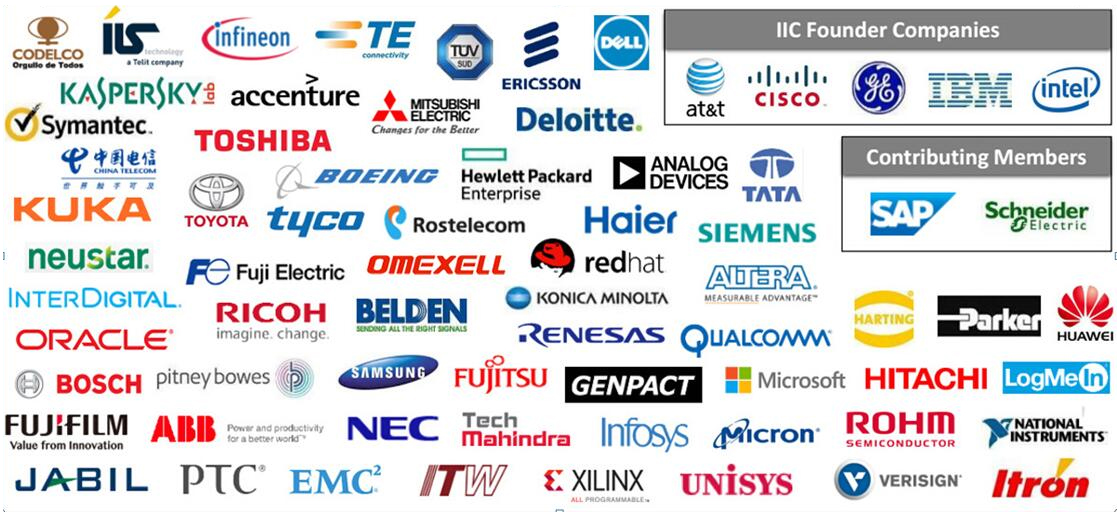In March 2012, Obama proposed to invest $1 billion to create 15 beautiful“National Manufacturing Innovation Network”(NNMI) plans to revitalize the competitiveness of US manufacturing. In January 2013, the US President's Office, the National Science and Technology Commission, and the National Advanced Manufacturing Project Office jointly issued the National Manufacturing Innovation Network Plan.
In August 2012, the United States has established four manufacturing innovation centers, and the related technologies and industries involved in these centers are expected to become the development direction of the future manufacturing industry.
In June 2013, GE Corporation of the United States first proposed the concept of Industrial Internet Revolution (Industrial Internet Revolution).
On April 18, 2014, the company was founded by GE Corporation of the United States, and together with AT&T, Cisco, IBM and Intel, announced the establishment of the Industrial Internet Alliance (IIC) in Boston, USA.
In 2015, OMEXELL launched an intelligent heat exchange system based on big data, cloud computing and Internet of things in the heat exchange industry with a forward-looking strategic vision, bringing the heat exchange industry into the era of industrial interconnection, which is of epoch-making significance to the heat exchange industry.
At the end of 2017, nearly 100 industry leaders have joined the Industrial Internet.
The Industrial Internet is the result of a convergence of global industrial systems with advanced computing, analysis, sensing technology and Internet connectivity. It connects the world's industries, inspires productivity, and makes the world a better, faster, safer, cleaner, and more economical world through the connection between intelligent machines and ultimately human-machine connectivity, combined with software and big data analytics.
The primary core value of industrial interconnection is to increase production efficiency. Each industrial efficiency increase of one percentage point will produce huge economic benefits. For example, global gas-fired power plants will save $66 billion in energy expenditures by increasing industrial productivity by one percentage point, and World Rail will save $27 billion in energy bills by increasing industrial transport efficiency by one percentage point.


